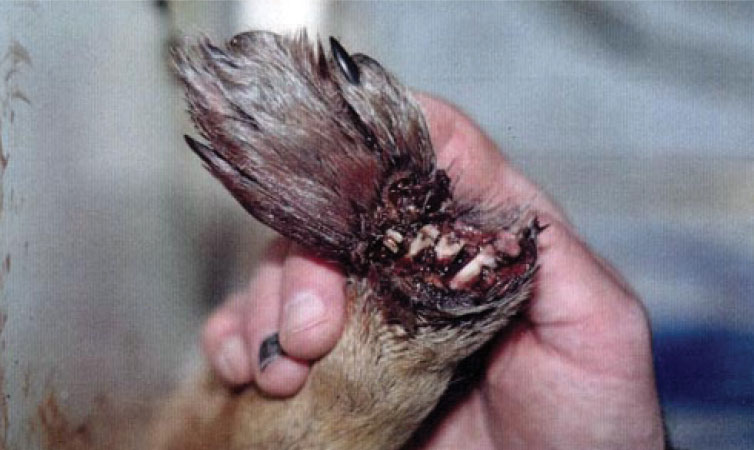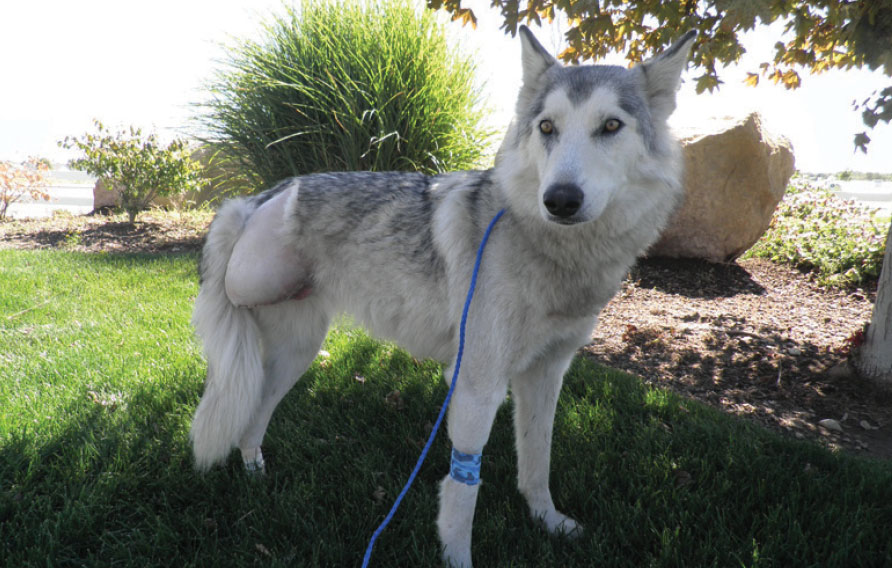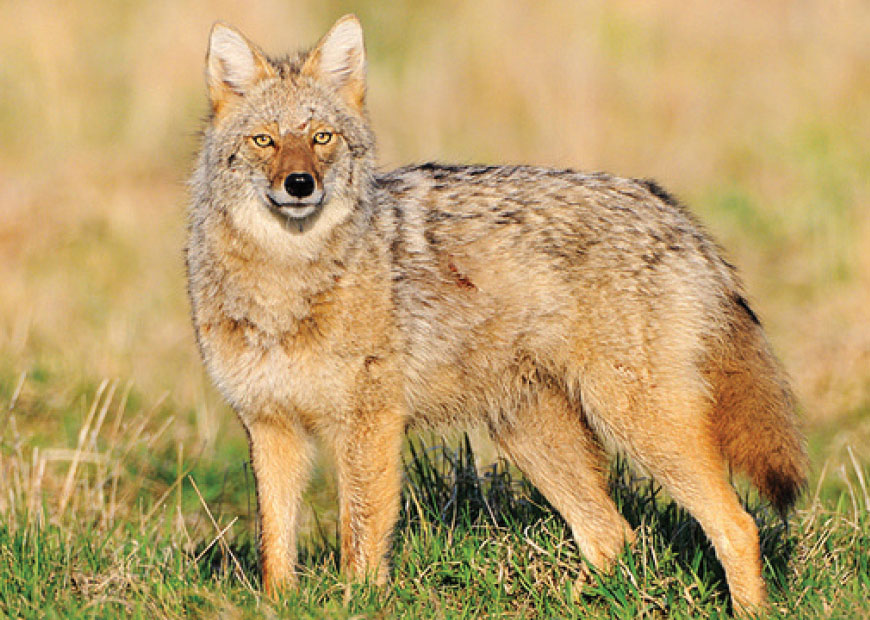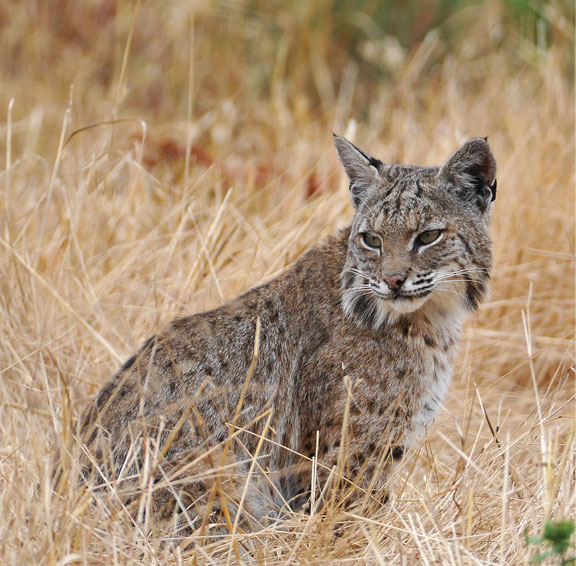A Killing Program Out of Control
Above Photo: © Nathas
A little-known USDA program is using brutal methods and taxpayer dollars to indiscriminately kill wildlife across the United States. This program, ironically entitled Wildlife Services (WS), kills approximately five million animals each year in the name of “managing problems caused by wildlife.” It operates with notoriously little transparency, refusing the public access to records documenting many of its killing activities. The program engages in myriad cruel practices, ranging from steel-jaw leghold trapping to poisoning and aerial shooting—at a substantial cost to taxpayers.
Kills indiscriminately. WS has killed more than 50,000 non-target animals representing over 150 species since 2000, including endangered species and family pets.¹ In addition, the intentional killing of targeted species often is not limited to those animals who have actually depredated livestock or game.

Photo © Brooks Fahy, Predator Defense: The nearly severed paw of a coyote who suffered in a Wildlife Services trap for days before he was discovered.
Uses inhumane traps. WS relies on steel-jaw leghold traps, which cause excruciating and prolonged pain to their victims. Leghold traps also endanger non-target wildlife and domestic pets.
Wastes tax dollars. A vast number of the killings carried out by the program are not only brutal and unnecessary— they are also expensive. The program’s annual budget exceeds $100 million, about half of which is drawn from federal funds.² Perhaps more disturbing is the fact that a portion of the funding for WS is drawn from private sources who have far more leverage than taxpayers in dictating the priorities and activities of the program.

Photo © Brooks Fahy, Predator Defense: This husky, named Bella, was captured in an unmarked Wildlife Services neck snare in Boise National Forest. After being trapped for many hours, Bella chewed off her foot in an attempt to free herself. She narrowly escaped death and was so severely injured that her leg had to be amputated.
Harms the environment. WS indiscriminately kills native carnivores in a misguided attempt to protect game and livestock, ignoring detrimental environmental consequences. Eliminating carnivores can wreak havoc on ecosystems because small mammal density can surge, and these animals may carry disease and compete with game species for food.³ Herbivore numbers may also grow unchecked, leading to overbrowsing and overgrazing.
“Coyotes respond to lethal control by compensatory reproduction; thus, killing merely leads to increased breeding, litter size and pup survival.”⁴
Relies on ineffective methods. Coyotes respond to lethal control by compensatory reproduction; thus, killing merely leads to increased breeding, litter size and pup survival.⁴ Livestock predation may actually increase because there are more coyote pups to feed, thus perpetuating an endless cycle of government spending on “damage control” efforts with no measurable benefits.
Ignores humane, nonlethal management options. Although alternatives to WS’ inhumane and lethal predator control tools—including fladry, fencing, and light- and sound-generating devices, in addition to shed lambing and night penning practices—are available and have been shown to successfully deter depredation, WS primarily relies on cruel trapping and killing practices.
Threatens public safety. WS employs dangerous, nonselective poisons that can be lethal to humans. Sodium cyanide devices known as M-44s have poisoned non-target wildlife, family dogs, and even humans,⁵ while Compound 1080—a poison that causes prolonged suffering and death, and to which there is no antidote—is a known homeland security risk.⁶
Lacks accountability. WS has been widely condemned as lacking transparency and accountability in its practices and protocols. For example, investigations⁷ have revealed a disturbing trend of “shoot, shovel and shut up” for nontarget animals—including threatened and endangered species—who are killed and not reported. In addition, because WS fails to verify all livestock losses and allows ranchers to self-report such losses, statistics produced by WS regarding livestock depredation are dubious at best and raise serious questions about the legitimacy of the program’s predator control activities.
The myriad problems plaguing WS underscore the need for substantial changes to program culture and procedure. The program’s ineffective, inhumane, and irresponsible practices threaten human health, animal welfare, and the environment. Ask your legislators to stop the use of taxpayer dollars to indiscriminately and cruelly kill wildlife, and demand transparency and accountability from WS.
For additional information on Wildlife Services, please contact Carson Barylak at (202) 446-2140 or carson@awionline.org.
Download the factsheet PC USDA WS.


